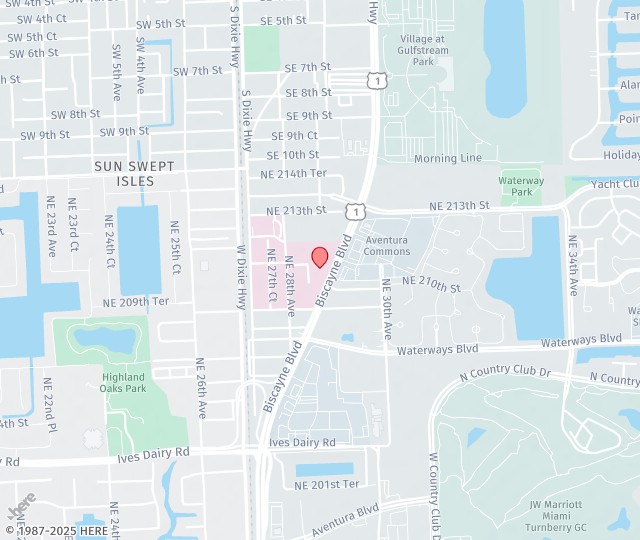Fat grafting or fat transfer procedure involves removing fat from one area by liposuction and transferring it to another area. The surgery is done under general anesthesia. Fat is often removed from areas where patients have excess unwanted fat and want better contour such as the abdomen, back, and thighs. Fat can be transferred to face and to breasts to improve contour and volume. Fat transfer enhances and lifts your natural shape and volume naturally by using your own tissue. We do not perform BBL or Brizillian butt lift. (see before and after photos of fat transfer surgery)
Is Fat Transfer Permanent?
An estimate of 50-70% of the fat transferred will take and the rest will get reabsorbed by the body over the next few months. The fat that remains is permanent.
Who is a Candidate for Fat Transfer?
Ideal candidates are healthy patients who have good skin elasticity with unwanted excess fat in areas that can be removed for transfer. Gaining weight just for fat grafting is not recommended as the fat can shrink with weight loss. Fat transfer improves contour of both the area where the fat is removed and where the fat is transferred to naturally. Patients are advised to stop smoking/vaping or using any nicotine product for at least 6 weeks prior to surgery and 6 weeks after surgery to maximize healing and fat graft take by the body.
Fat Transfer Recovery Process
You can go home on the same day of surgery. Swelling and bruising are common after liposuction and fat grafting. Bruising typically resolves around 2 weeks, but swelling can last for 4-6 weeks. The area where the fat is injected can appear red/pink for the first 2 days. Compression garment is recommended to be worn for 4-6 weeks in areas where liposuction is performed. Most patients return to normal daily activities in 2 weeks. Walking is encouraged, but no strenuous exercise is recommended for 6 weeks. Depending on the area of fat grafting, Dr. Baotram Tran will provide you with thorough and individualized recovery instructions as well.
What are the complications?
As with any surgery, there are risks and potential complications. Complications after fat grafting include infection, bleeding, pain, and very rarely injury to nerve and muscle. The fat that does not take typically is reabsorbed by your body, but sometimes it can form oil cysts or small areas of fat necrosis that can be felt as small nodules. This typically does not bother most patients and does not need to be removed.
REQUEST A CONSULTATION
Please use this form for general information purposes only. DO NOT send personal health information through this form. Specific patient care must be addressed during your appointment.
Please complete the following form to request an appointment. Please also note that availability will vary depending on your request. Your appointment will be confirmed by phone by a member of our staff. Thank you!


